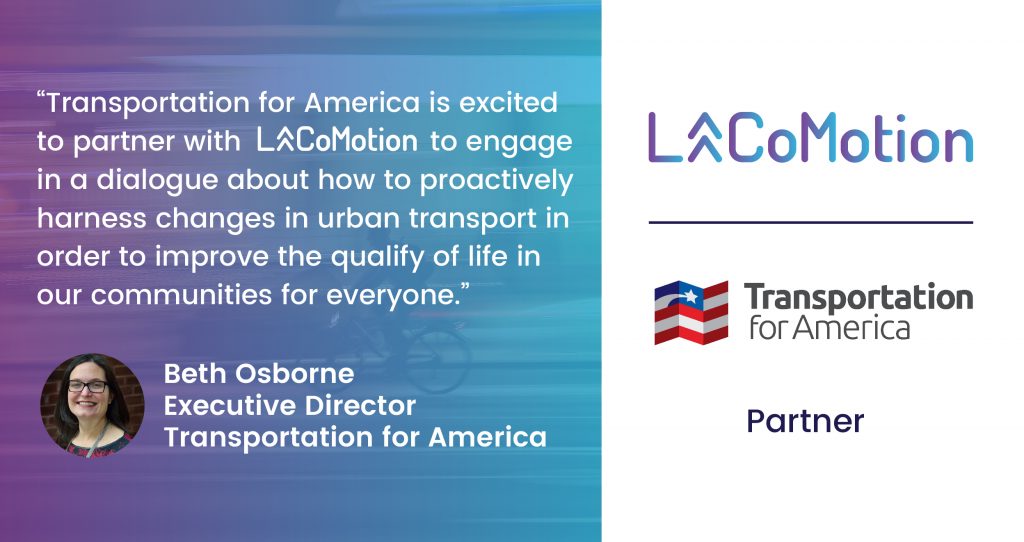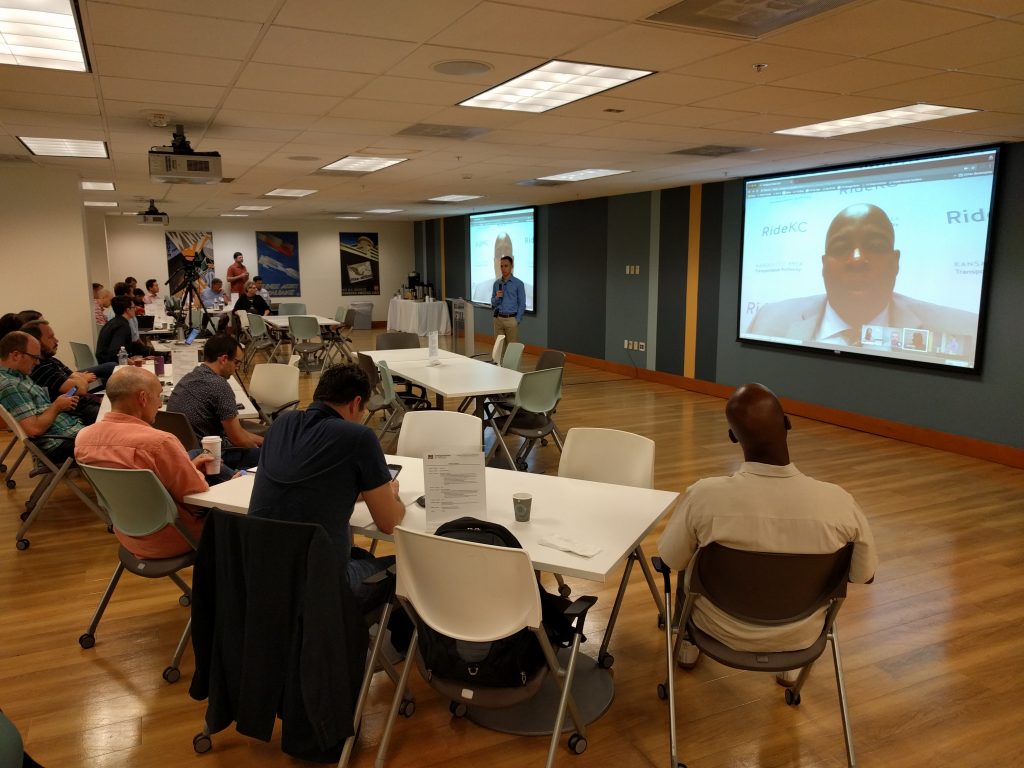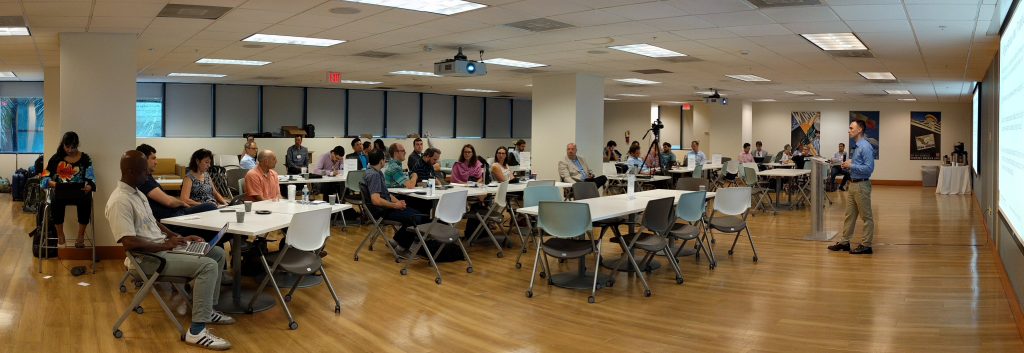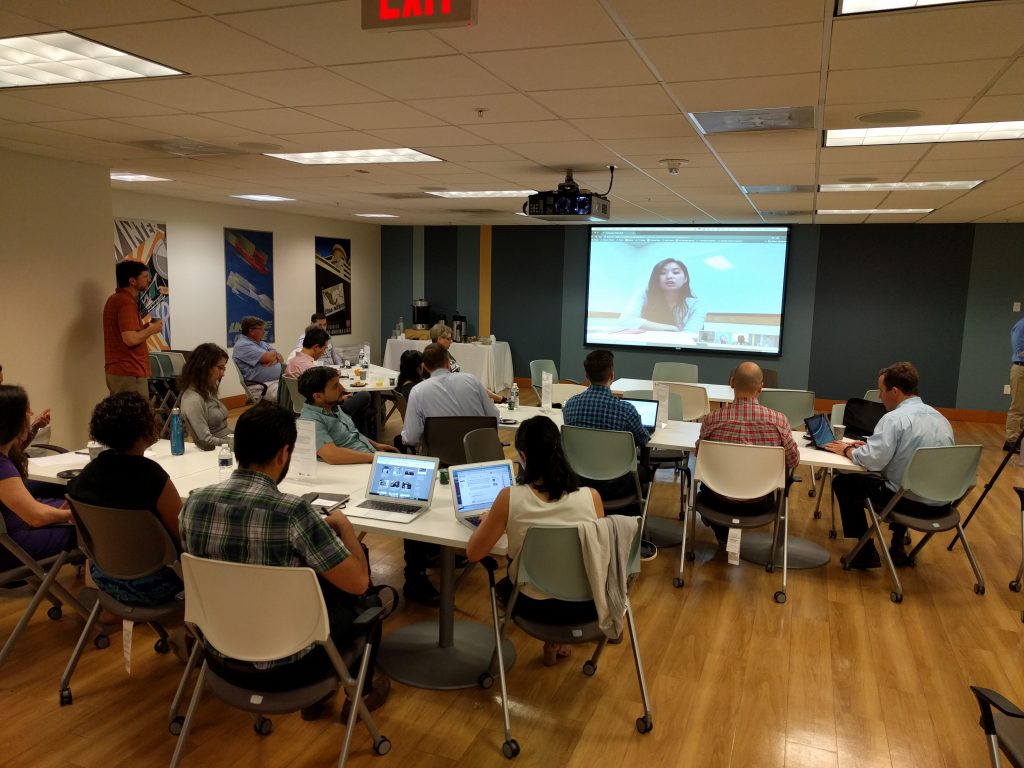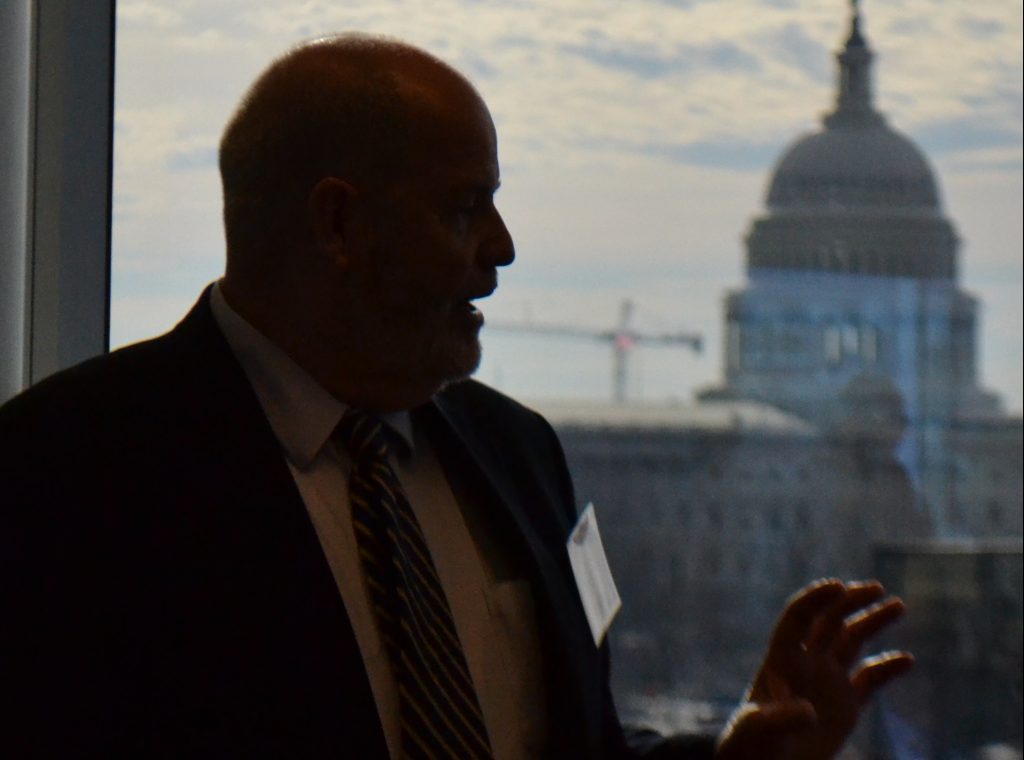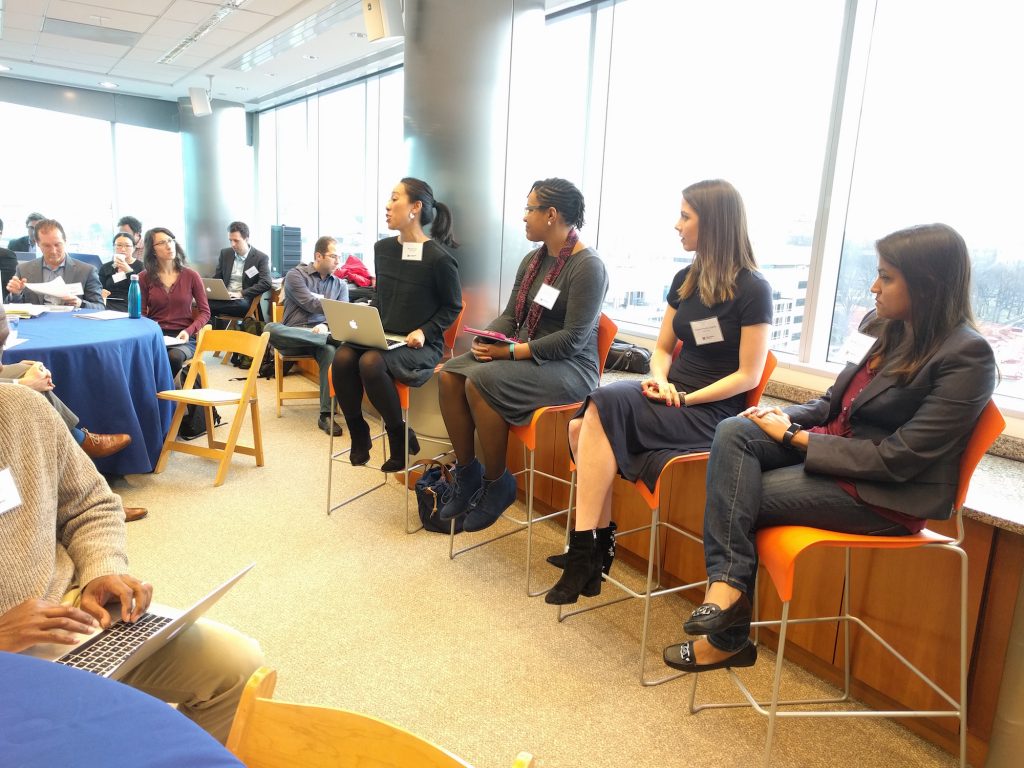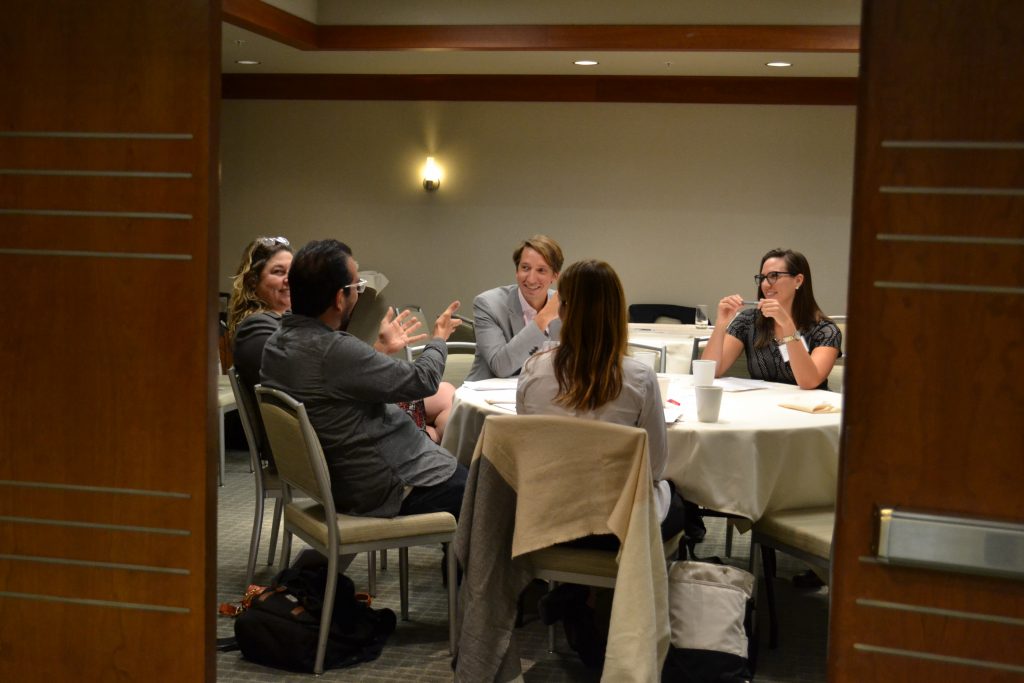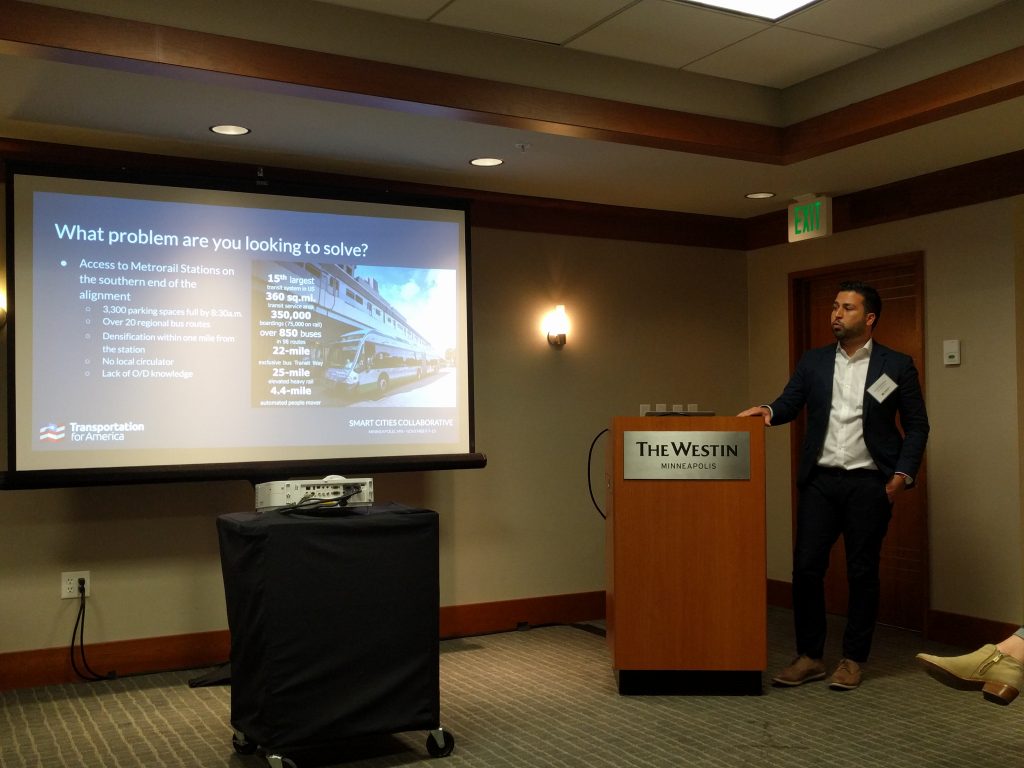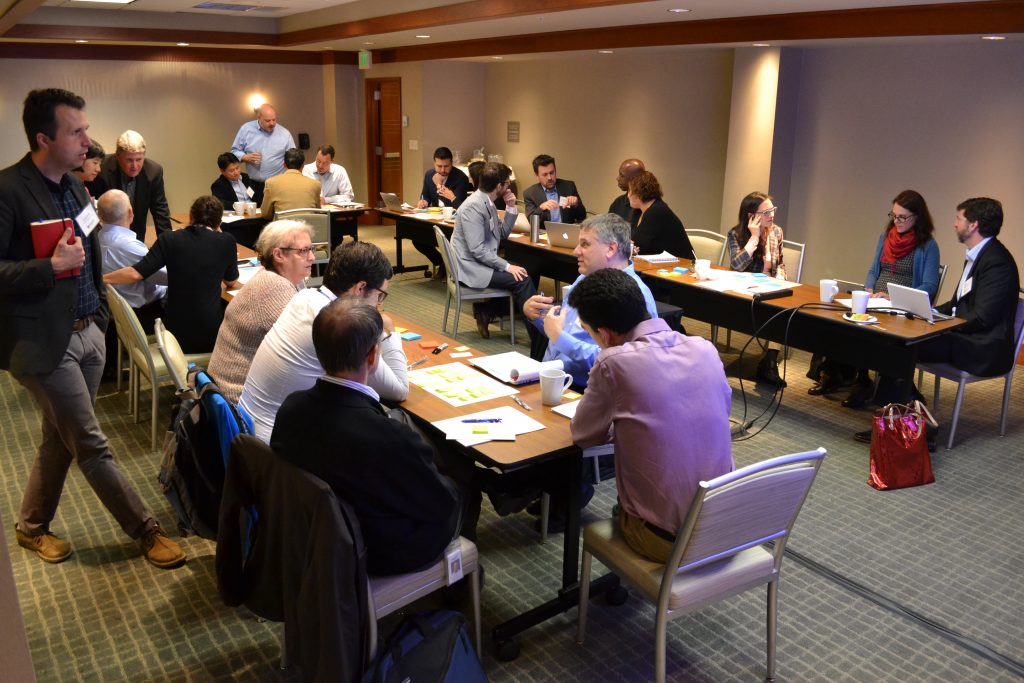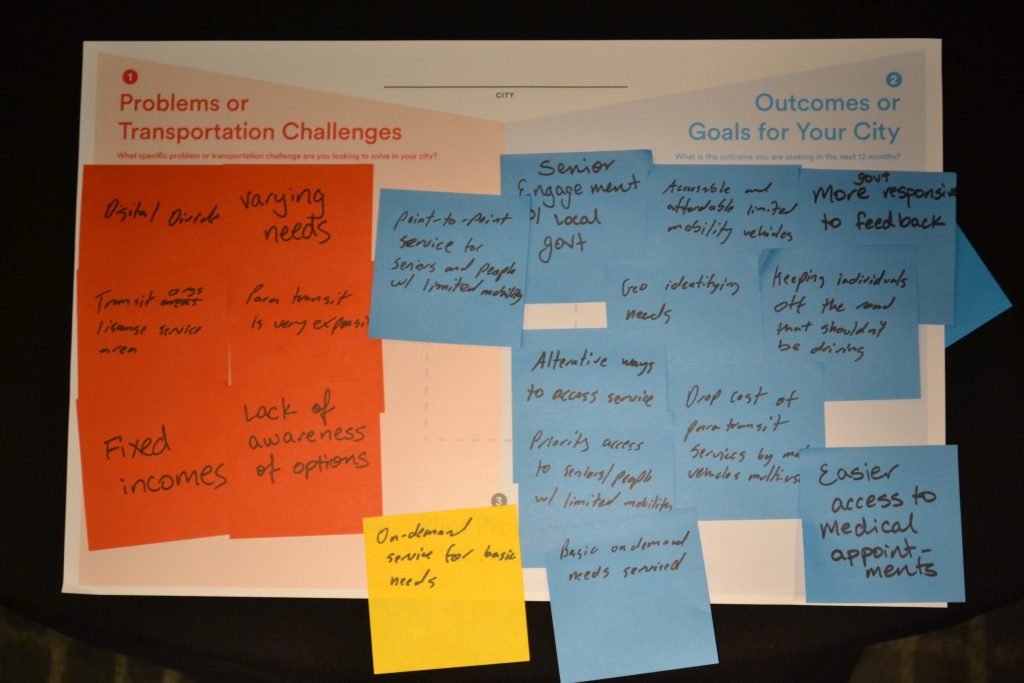
The second year of our Smart Cities Collaborative—which launched today with 22 cities—will examine how emerging technologies and new mobility options are reshaping the right-of-way and curb space via four key topics. Our fourth and final post taking a quick look at these topics is about how pricing strategies can be employed in service of a city’s long-term outcomes.
Year two of T4America’s Smart Cities Collaborative will explore how emerging technologies and new mobility options are reshaping the right-of-way and curb space. Our content and curriculum will be separated into four sub-topics; design, measure, manage, and price. This fourth topic will examine how cities can begin to determine the value of their assets and price them accordingly in an effort to achieve their long-term outcomes. Read about the launch of the Collaborative and the 22 cities selected to participate.
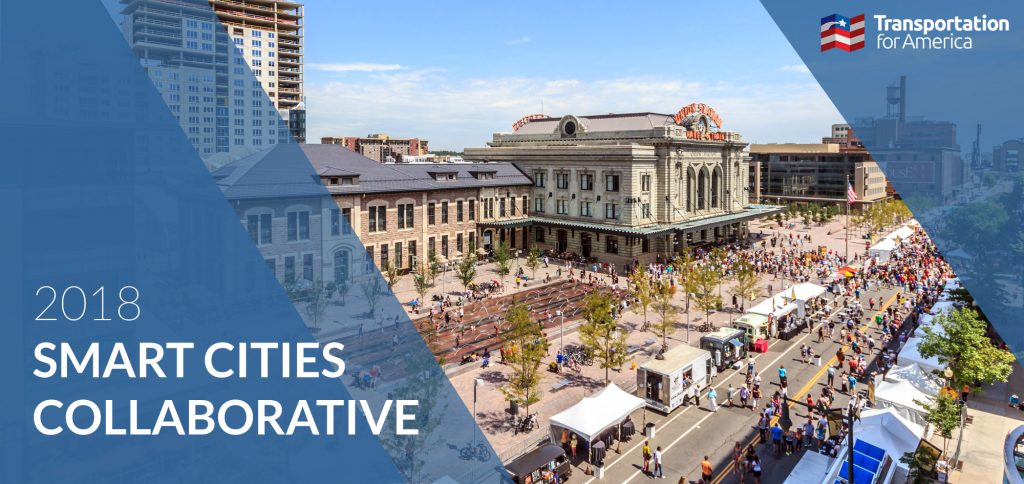
PRICE
As much as urban dwellers have come to rely on app-based ridesourcing services or bikesharing systems, it’s hard to grasp sometimes just how much has changed with urban mobility in such a short period of time. Ten years ago, most cities had what we’d all consider as pretty simple menu of options: Taxis. Personally owned automobilies and bicycles. Public buses and trains. Commuter rail and bus. Your own two feet.
But as new mobility options such as ridesharing, ridesourcing, microtransit, dockless bikesharing and more have entered cities, they’ve placed new demands on the right-of-way and curb space. Since their arrival, cities have struggled to effectively manage private providers and adapt to these new modes. As we explored in our manage post, the time is overdue to explore new management strategies for these assets.
With this increasing level of demand for access, many cities have begun to recognize that streets and curbs are some of their most valuable assets—assets they have largely been giving away for free. At the same time, new mobility models and the coming wave of automated vehicles also threaten the viability of various revenue streams at the federal, state and local level. Though this makes new pricing mechanisms attractive solutions to future revenue shortfalls, they can and should be designed as demand management tools first, with new revenue a secondary benefit.
Before cities can begin charging for use, they need to have a better sense of value.
Today, there is no formula or standard for how to determine this value and many are wildly inconsistent when it comes to pricing access to their streets, curbs and sidewalks. Cities charge (often not enough) for curb use for parking, but don’t charge ridesourcing or delivery vehicles using similar space, even as these services are often having greater impacts on congestion and safety. Similarly, cities charge street vendors to set up on the sidewalk, but not for dockless bikeshare or newspaper boxes occupying the space directly next to it.
Without a framework to detemine the actual costs and value of these assets, it’s impossible to appropriately charge for their use and thus difficult to effectively and consistently manage demand and access across modes, departments and use cases.
This year, with the 22 participating cities, the Collaborative will endeavor to get a handle on all the different users of these spaces, which departments are managing the various pieces and how they’re currently valuing their use. To assess the full value of these assets, we’ll nail down expenses associated with building this infrastructure (like concrete, steel and street furniture), evaluate the long-term maintenance costs and examine how these spaces can affect areas of concern, such as congestion, safety and pollution.
Once we develop a better understanding of costs and impacts we can start to develop a formula and derive appropriate pricing levels across modes and departments. We’ll begin with streets, curbs and sidewalks, but our goal is to help cities understand how to measure value and then subsequently price their resources appropriately so they can transfer this to other assets, such as data or vehicle-to-infrastructure technology.
The Collaborative will also explore the various hurdles that come along with developing and implementing pricing strategies—technological, financial and political. We’ll review messaging strategies that have gone wrong and how successful cities have focused the public conversation on behavior change and affecting long-term outcomes such as reducing congestion, vehicle miles traveled, emissions, and creating safer streets.
Sign up for news from the Smart Cities Collaborative.
You don’t have to participate in the Collaborative to hear more about what these 22 cities are learning, what they’re sharing with one another, and what we’re all reading each week when it comes to the rapidly evolving world of urban mobility. Click the button below and tick the box for Smart Cities news before clicking submit.




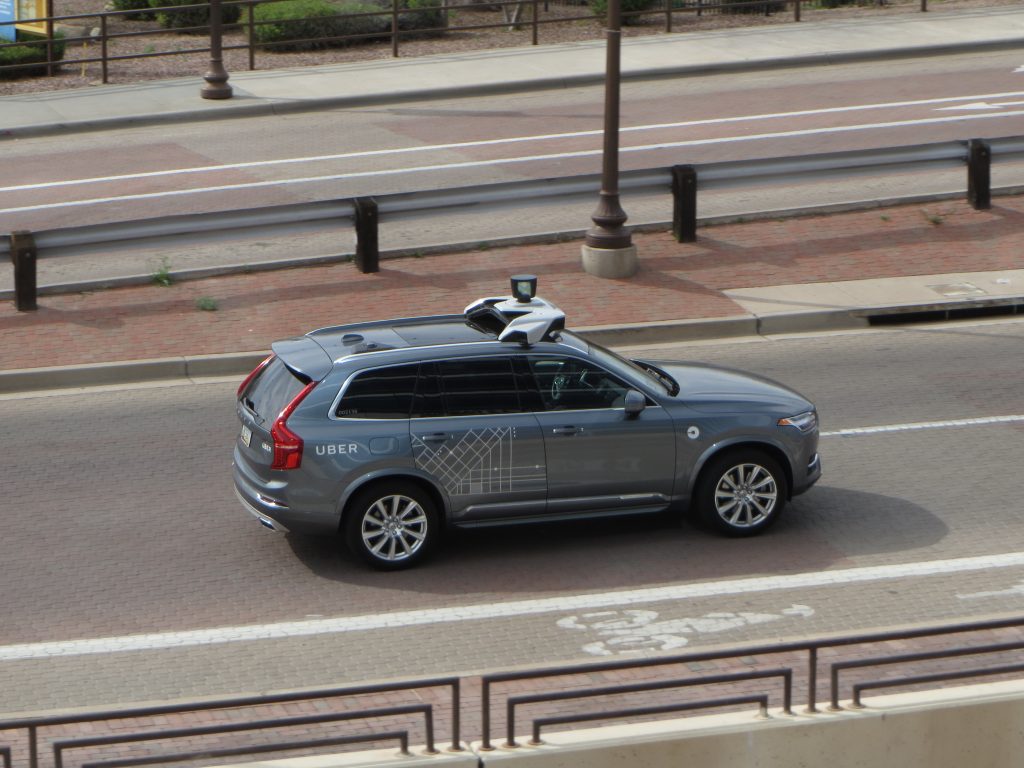
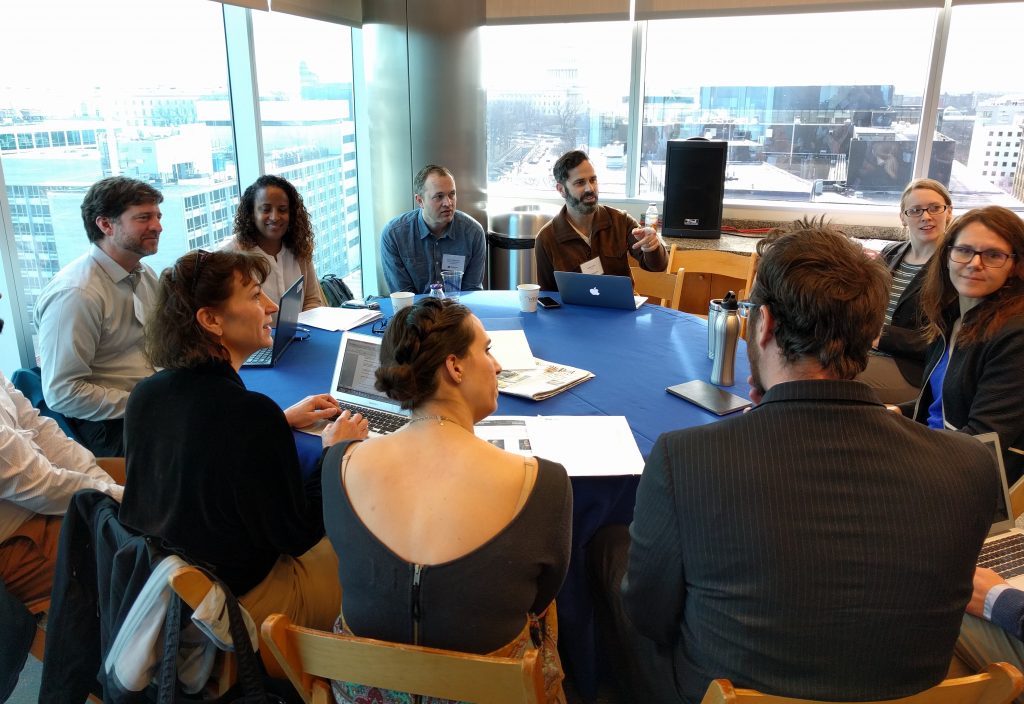
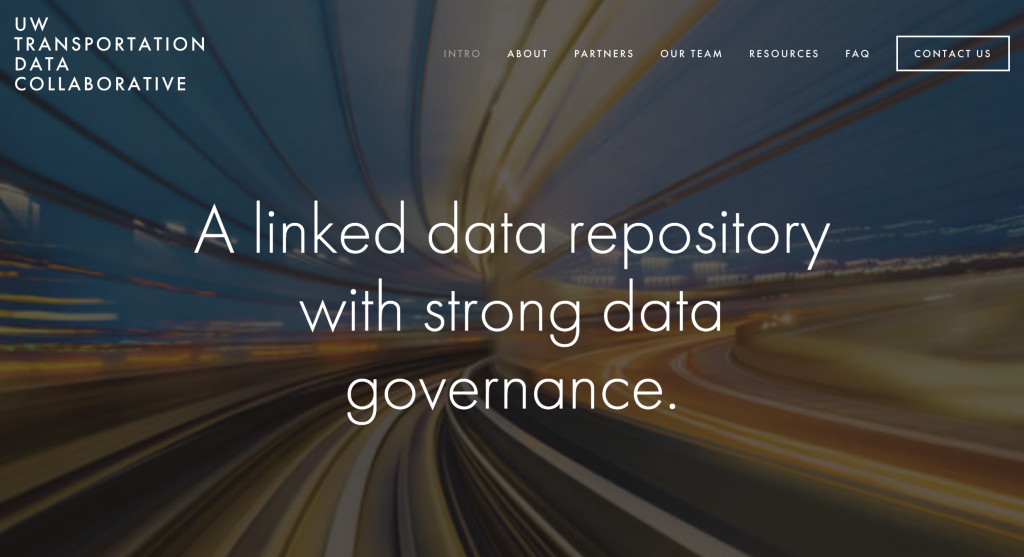

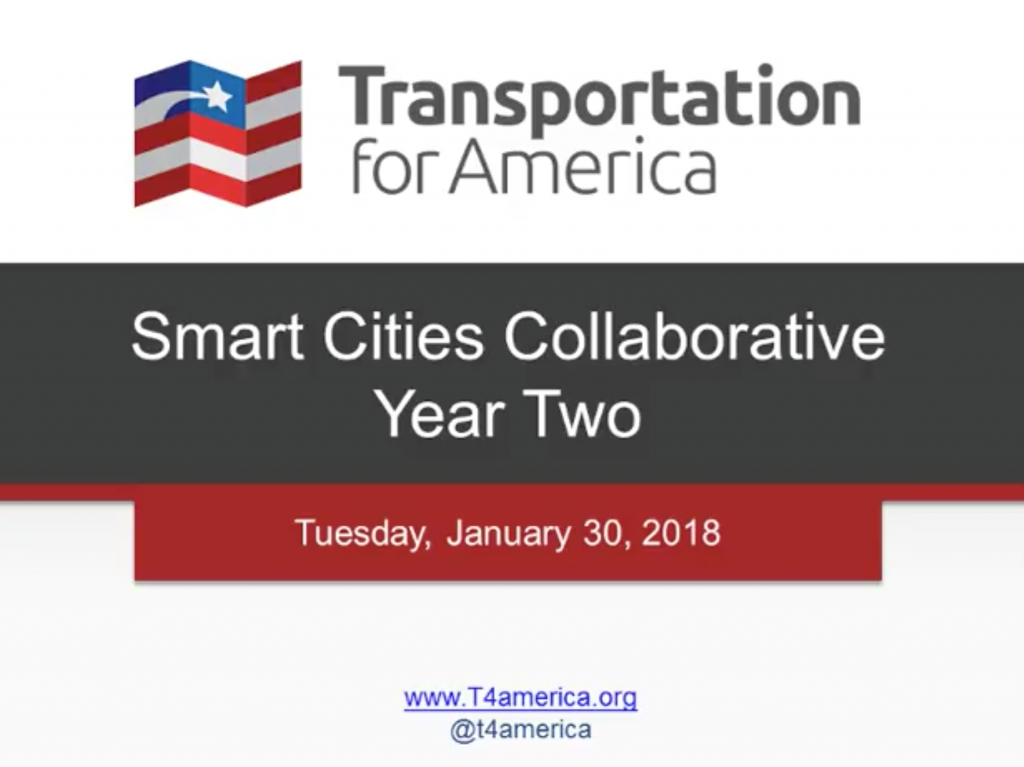
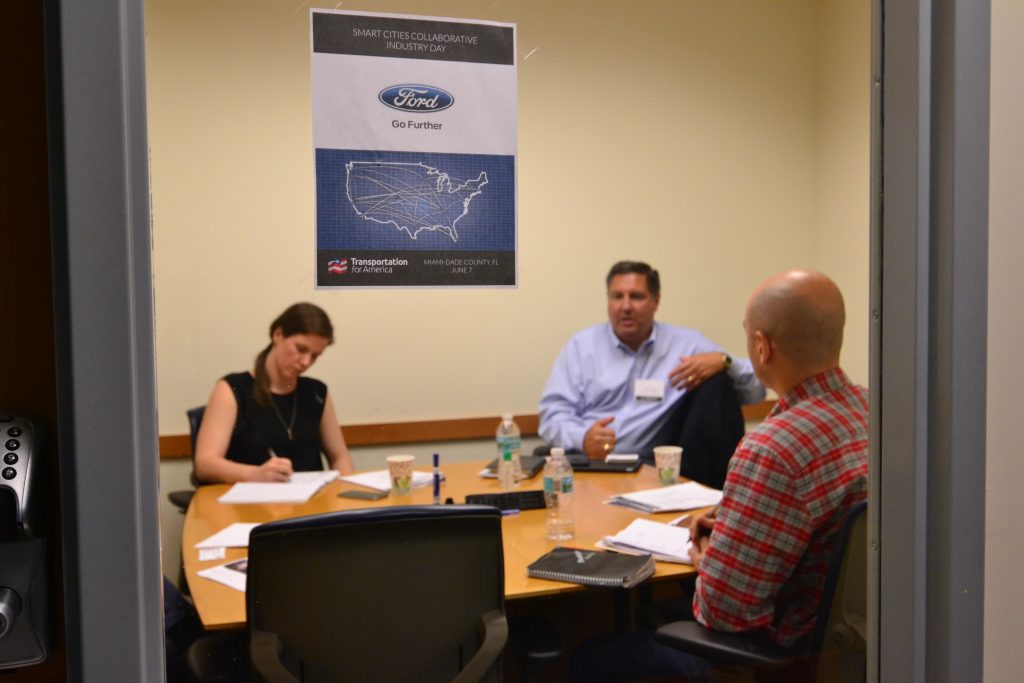

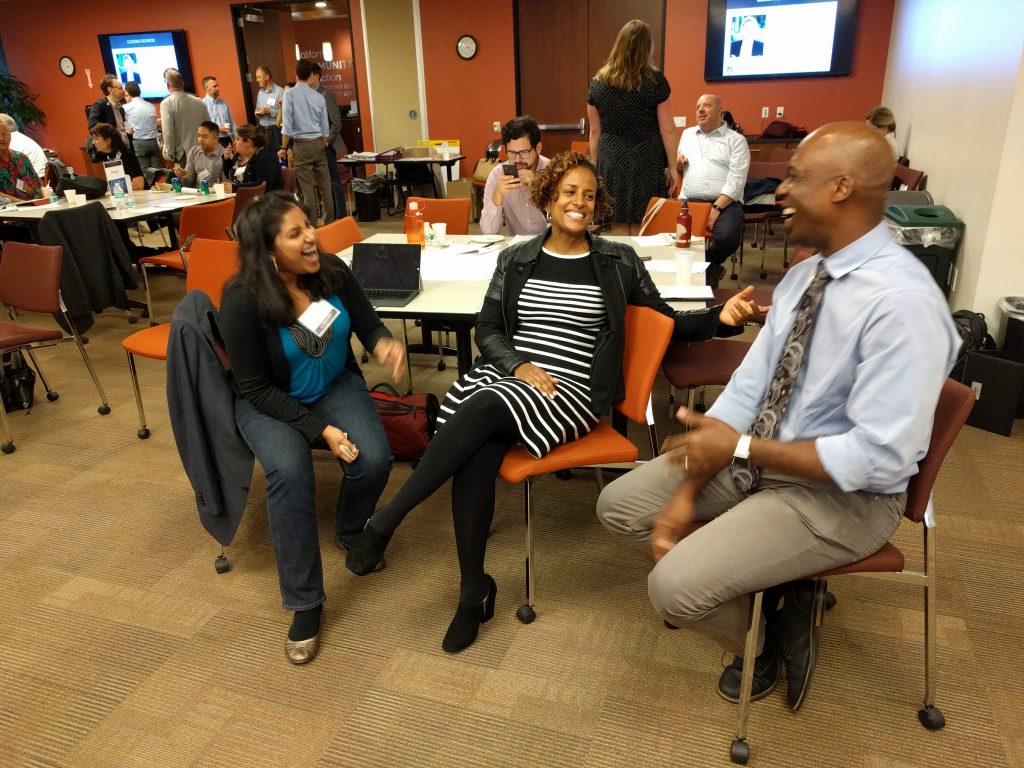
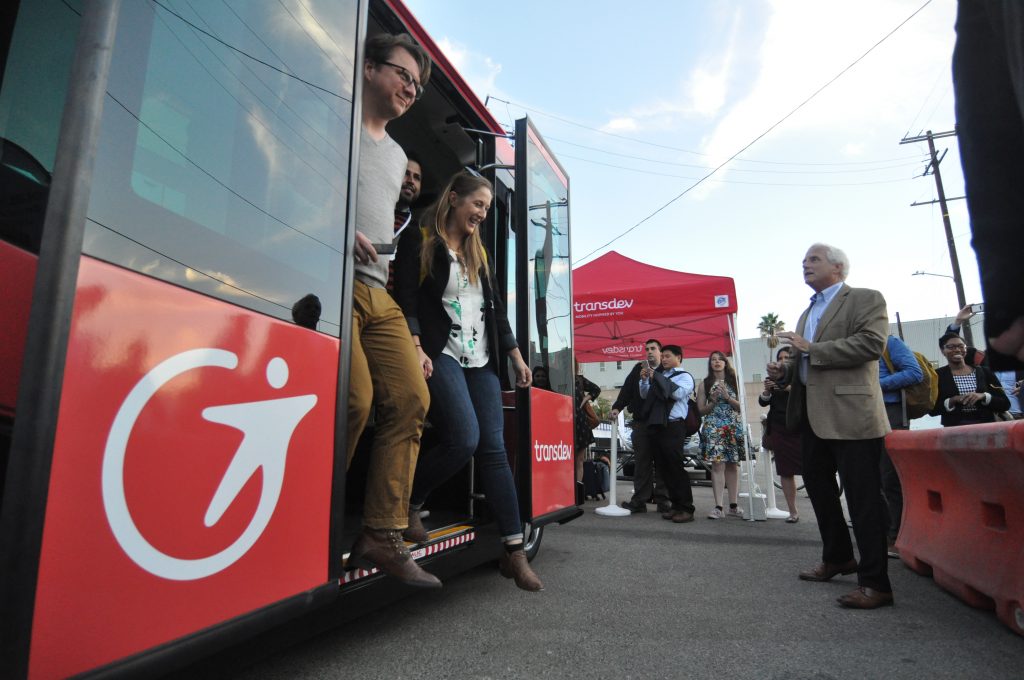
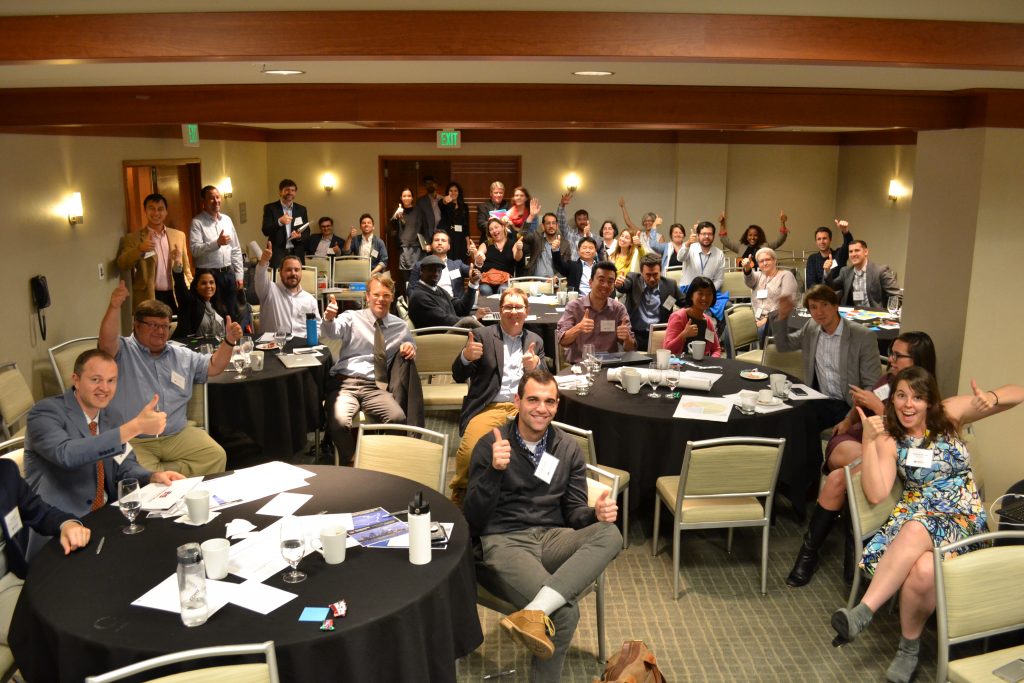
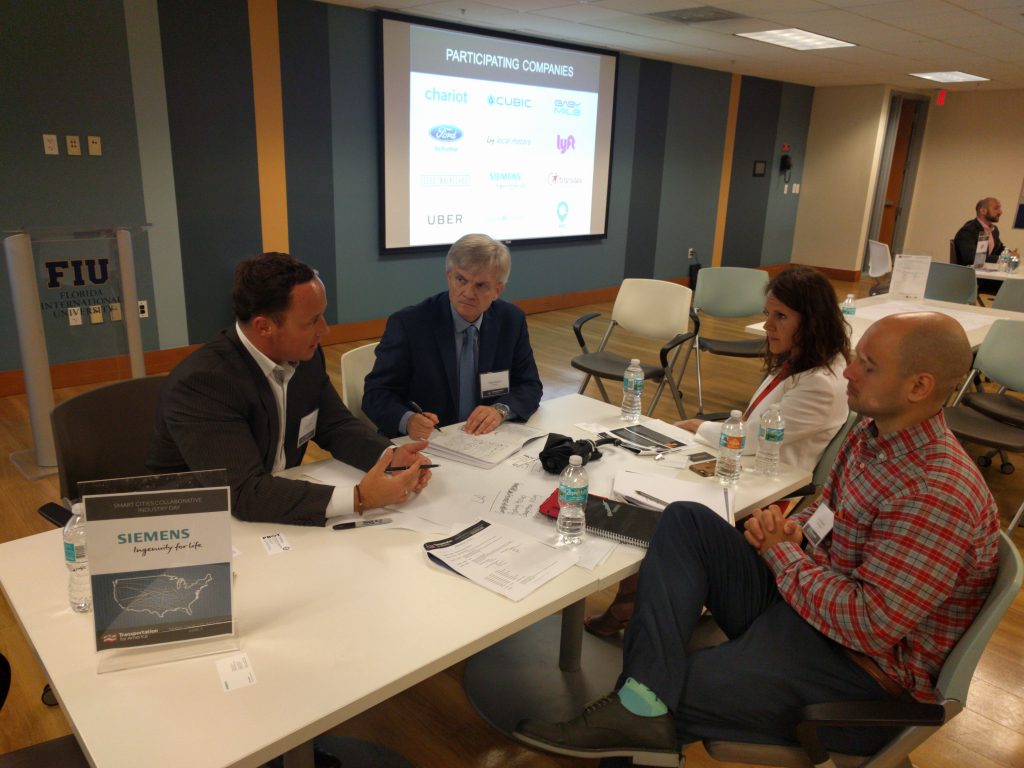
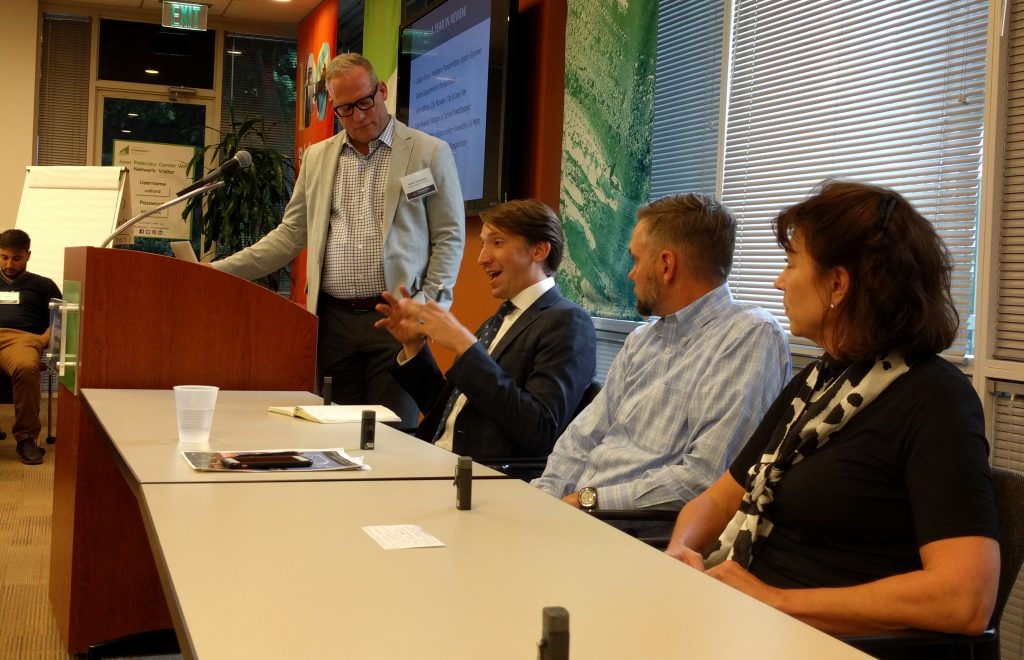
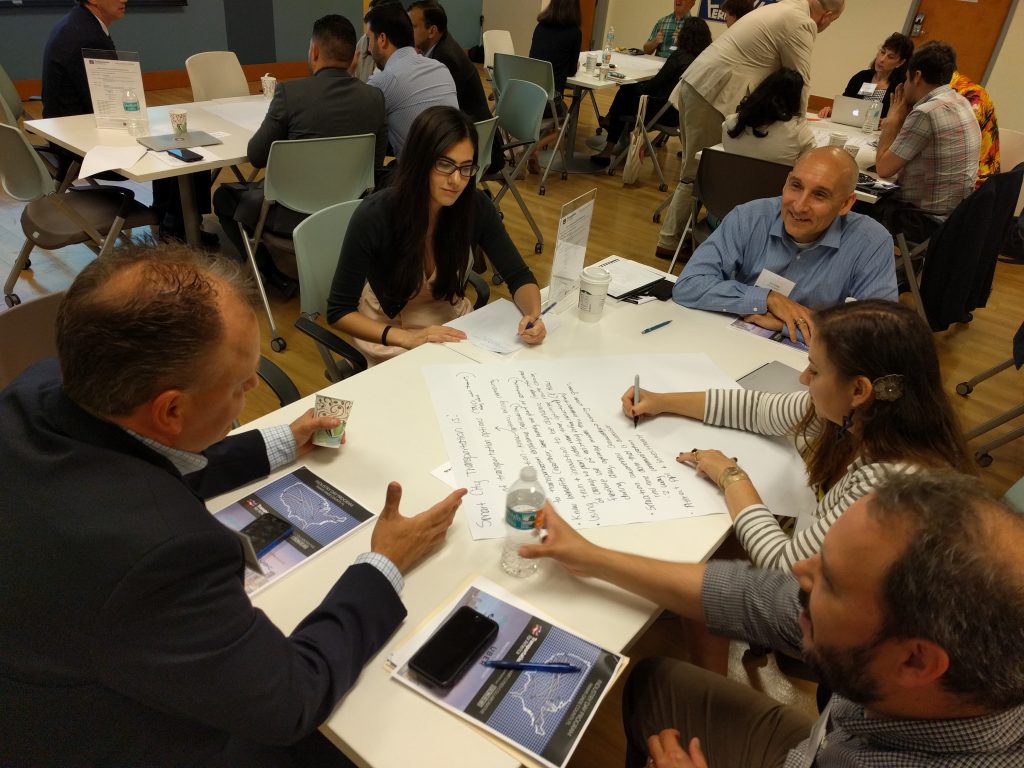

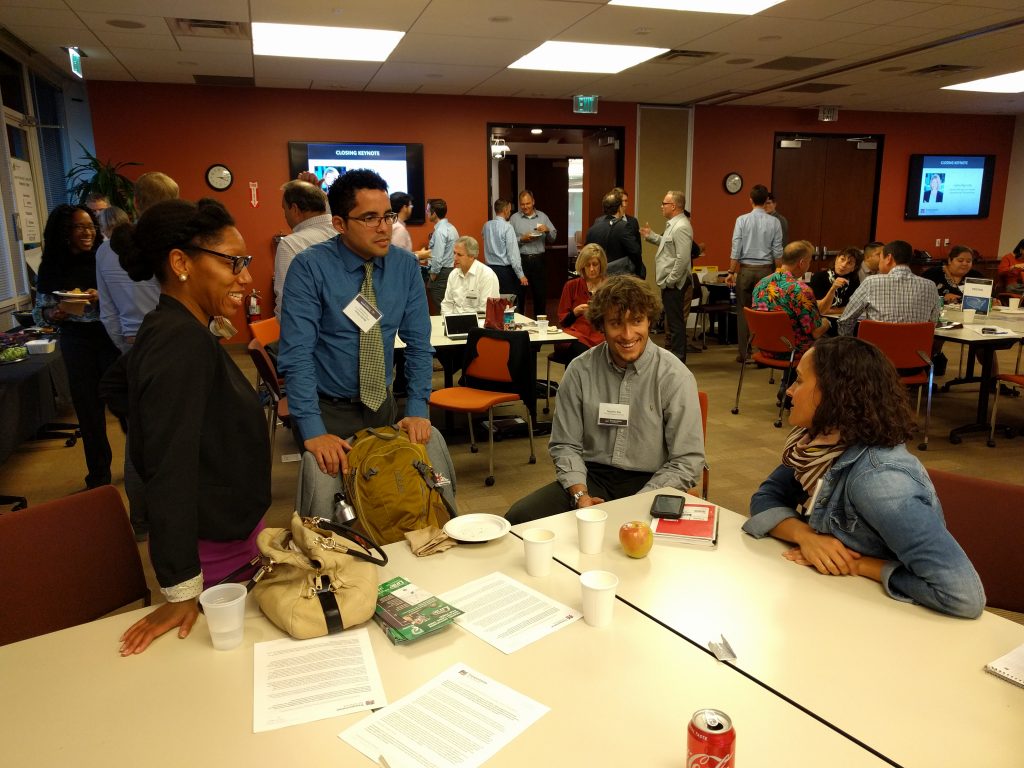
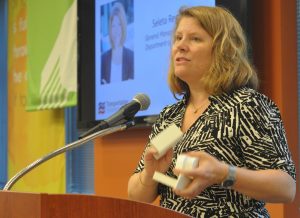 Much of that conversation centered on how cities can drive the discussion and lead at the state level on those policies that will have the largest impact on our cities. Keynote speaker Seleta Reynolds, the head of the LA Department of Transportation, reminded the participants that, no matter what policy levers are controlled by the state, cities still have an enormous amount of leverage — if they’re willing to work together and think outside of the box.
Much of that conversation centered on how cities can drive the discussion and lead at the state level on those policies that will have the largest impact on our cities. Keynote speaker Seleta Reynolds, the head of the LA Department of Transportation, reminded the participants that, no matter what policy levers are controlled by the state, cities still have an enormous amount of leverage — if they’re willing to work together and think outside of the box.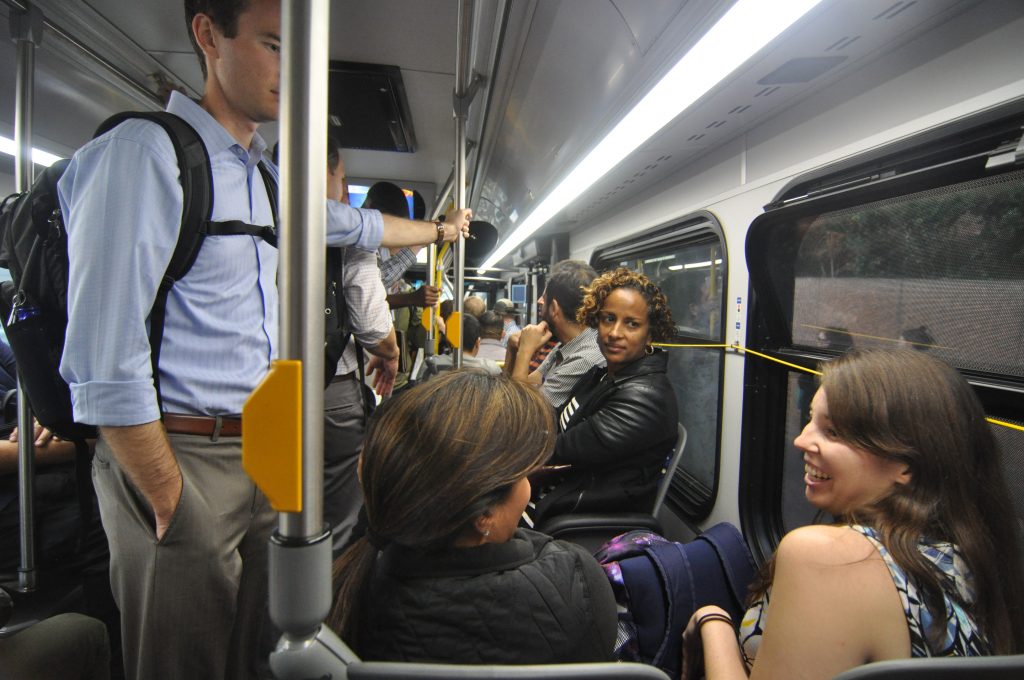
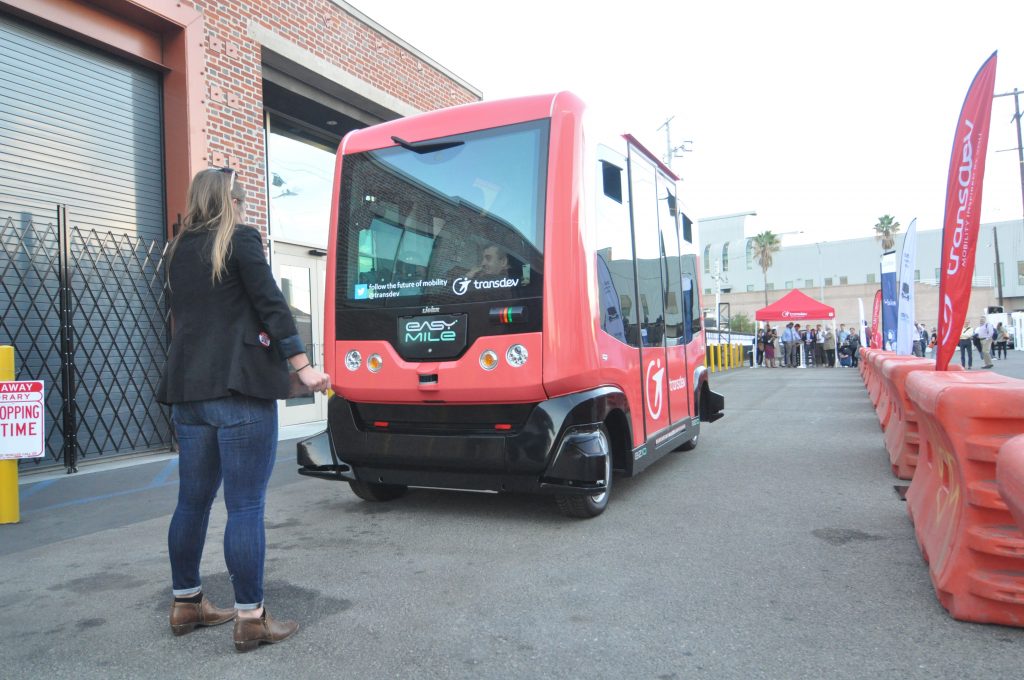
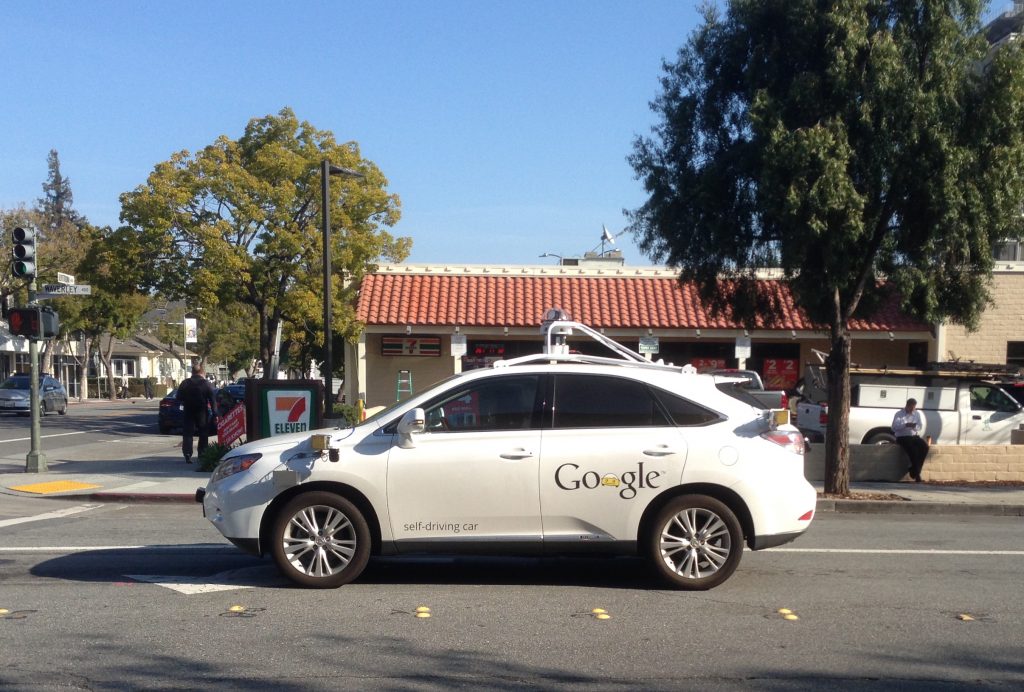
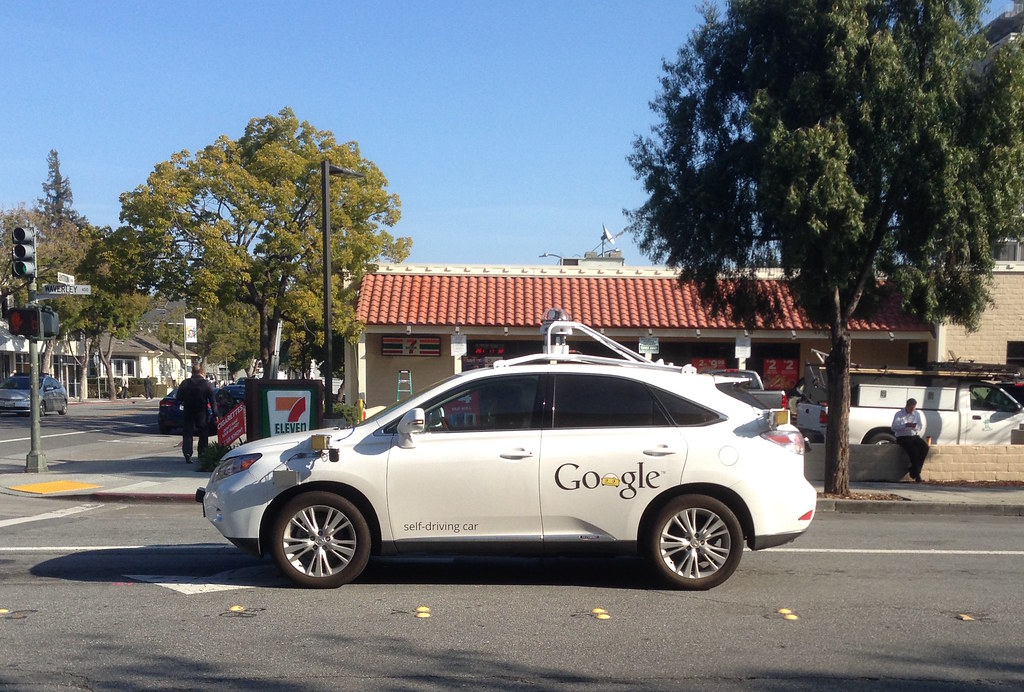
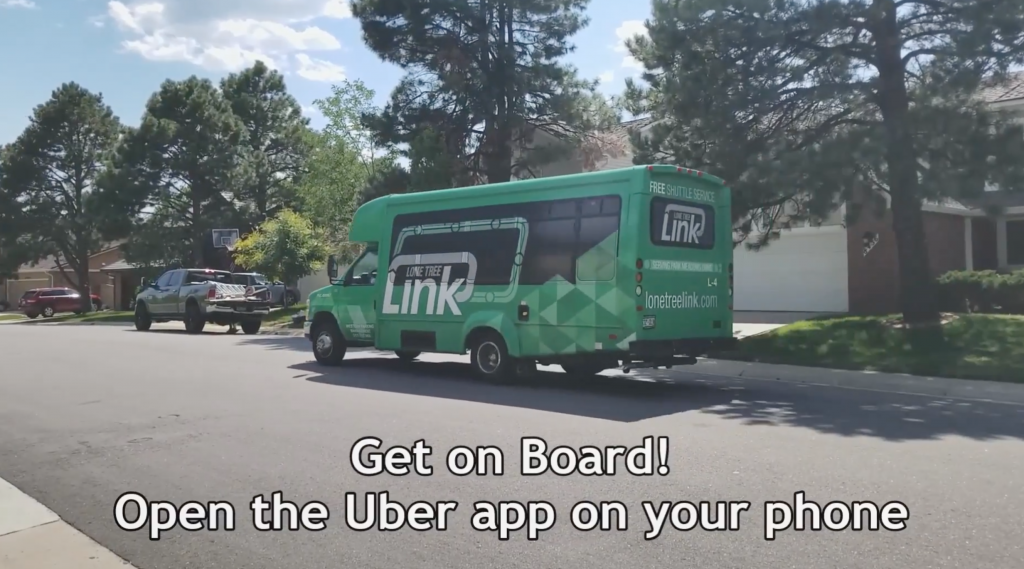
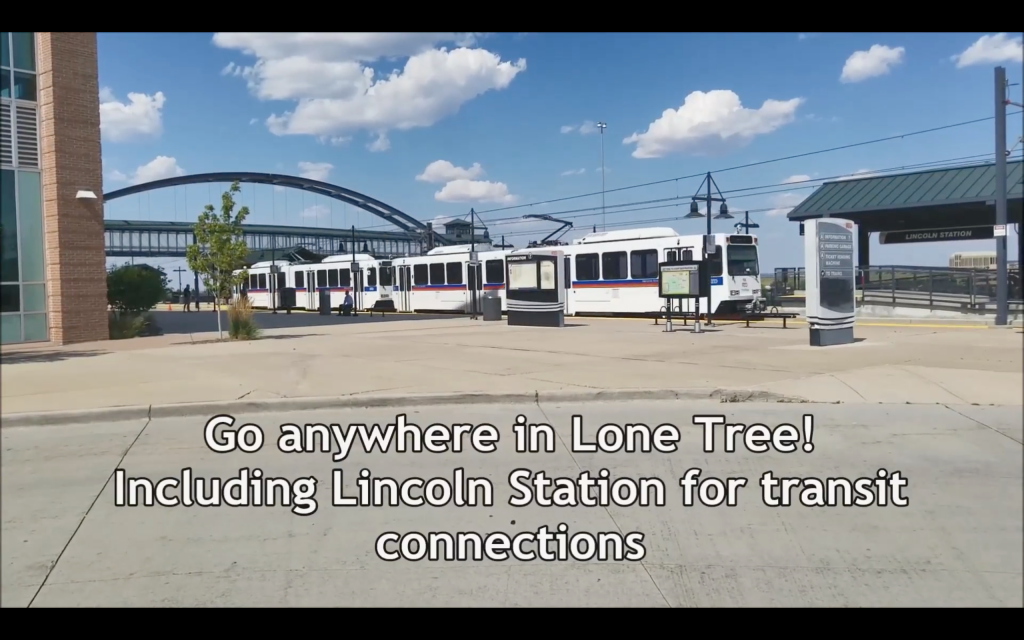
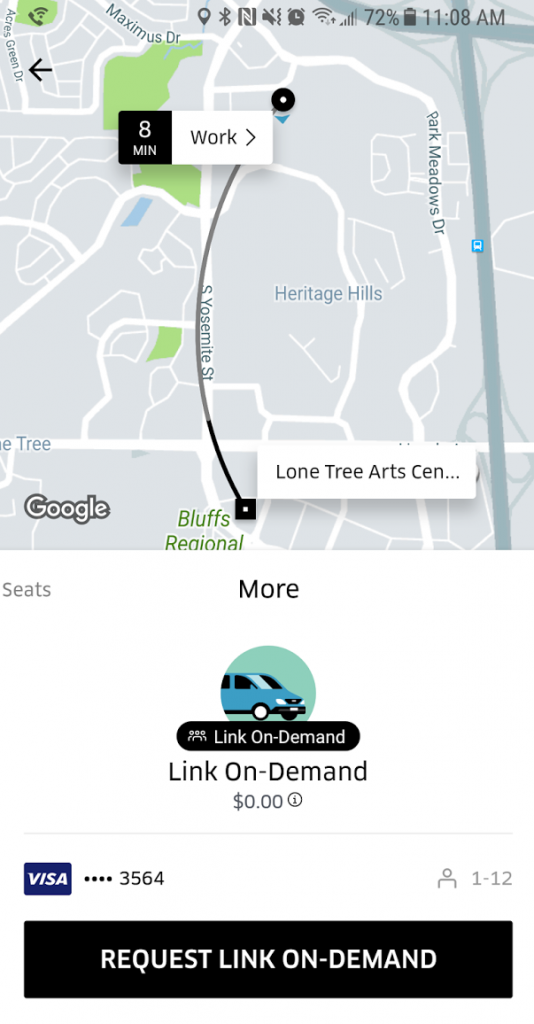 For the pilot, Holwell said that they removed one of the four buses from the fixed route and reassigned it to the on-demand service, allowing the city to better calibrate their service with the need. And the returns have been positive thus far.
For the pilot, Holwell said that they removed one of the four buses from the fixed route and reassigned it to the on-demand service, allowing the city to better calibrate their service with the need. And the returns have been positive thus far.